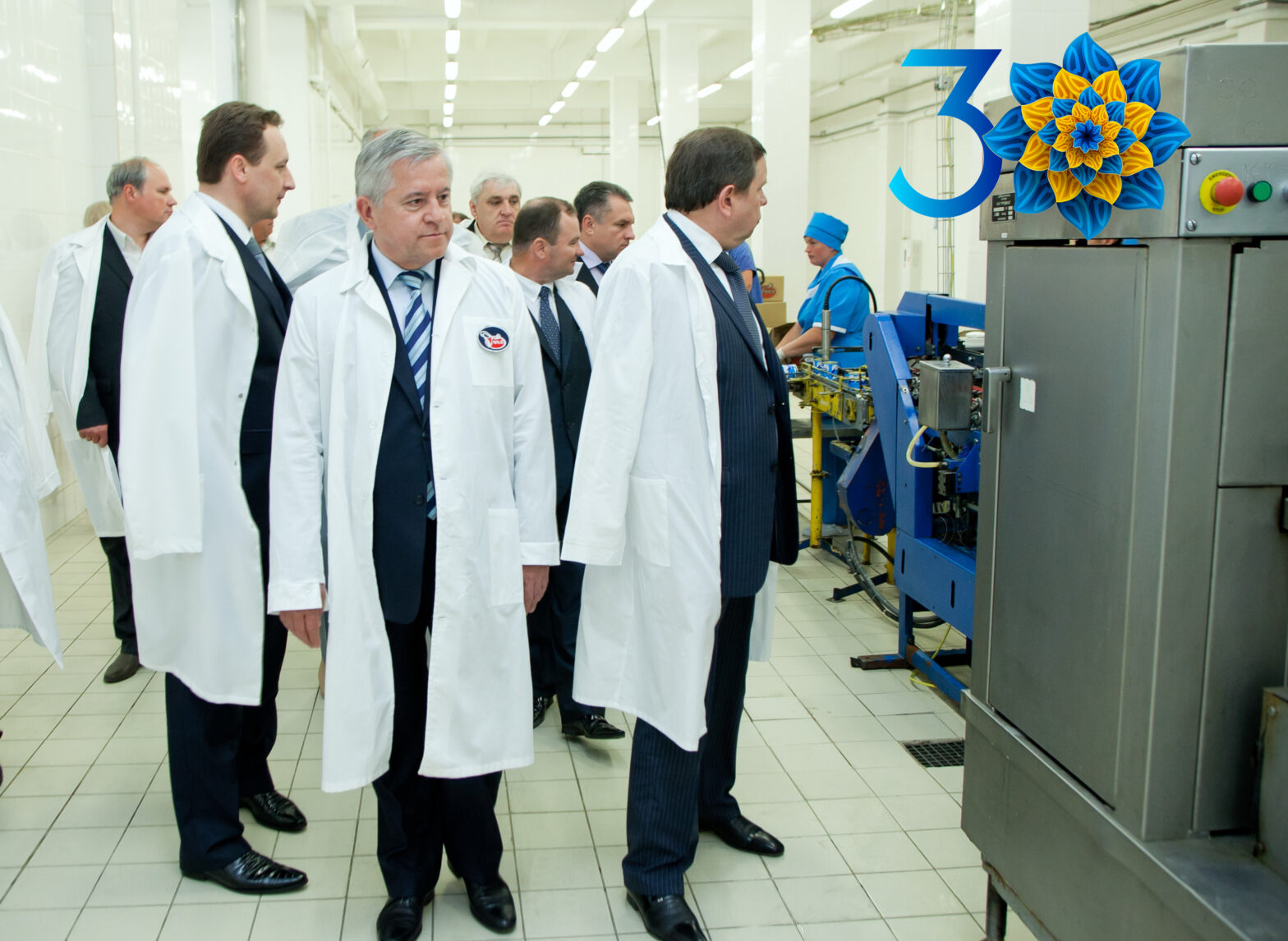
This year marks the 30th anniversary of Ukraine’s independence. This is an important date in strengthening the revived Ukrainian statehood, the original aspirations of our people to build a modern, European state in which people will live freely, create their own history, manage their own economy… For the historical process – 30 years, short term, but for Ukrainians an era in which difficulties and victories, ups and downs and economic crises are strongly intertwined …
Ukraine has a thousand-year tradition of statehood – Russia, the Cossack state, state formations of the twentieth century – it was not continuous: under the influence of external conquests and internal strife, Ukrainian territories repeatedly came under the rule of conquering states, people became subjects and objects of denationalization policy. During the Ukrainian Revolution of 1917-1921, Ukrainians managed to restore the state. It changed its name and form several times: the Ukrainian People’s Republic, the Ukrainian State (Hetmanate, 1918), and finally the Ukrainian USSR, after which we gained our modern Independence. At different stages and in different forms of its existence, Ukraine was also diverse. Despite the terrible events, famines and wars, during the Soviet period, our country created a strong industrial and scientific potential – the economy of the Ukrainian SSR was one of the most powerful economic complexes in the Soviet Union. Products of ferrous metallurgy, chemical industry, and mechanical engineering were produced in large quantities. The energy sector grew, and the agricultural sector played a significant role, including the export of agricultural products. The USSR occupied the leading positions in the production of many types of complex engineering products, as of 1984, we produced: 100% rotary excavators, agricultural combines, 95.4% coal cleaning combines, 40.5% blast furnace and steelmaking equipment, about 47% power transformers , 33.8% of metallurgical, rolling equipment, 24% of large electric machines.
Photo 2
The USSR had a full cycle of creation and production of civil aircraft: aviation scientific and technical complex. OK. Antonov, created in 1946, developed and produced 20 types of original passenger, military transport and special aircraft, as well as about 100 modifications of aircraft. Ukrainian aircraft factories have become powerful modern aviation enterprises: the Kharkiv State Production Enterprise and the Kyiv State Aviation Plant Aviant. The planes built in Ukraine were equipped with domestic engines. They were developed by the Zaporizhia CB “Progress”, founded in 1930. Ukraine played one of the key roles in the development of the shipbuilding industry and the USSR fleet, and inherited a shipbuilding complex that could build everything from an aircraft carrier to a container ship. Some of the products were exported to foreign shipping companies. Design bureaus and research institutes developed and implemented in production, and shipyards built all types of commercial vessels and modern warships, river, fish and fish processing vessels, service (port fleet), research and production and training vessels. Photo 1
Ukrainian designers, scientists and scientists have made a significant contribution to the development of world space science. Domestic companies have occupied and continue to occupy the leading places in world astronautics. The leading role in this is played by the Southern Machine-Building Plant and the Southern Design Bureau in the Dnieper. More than 400 artificial satellites of the Earth have been made at its facilities.
In short, in those days the Ukrainian SSR became a highly developed industrial and agrarian republic with a complex complex of branches of heavy, food, light industry and diversified agriculture. In total, the industry of the Ukrainian SSR numbered about 300 industries.
What have we used from the huge industrial and scientific potential, how have we managed and what place do we occupy in the modern world division of labor and what country will we leave to future generations?


